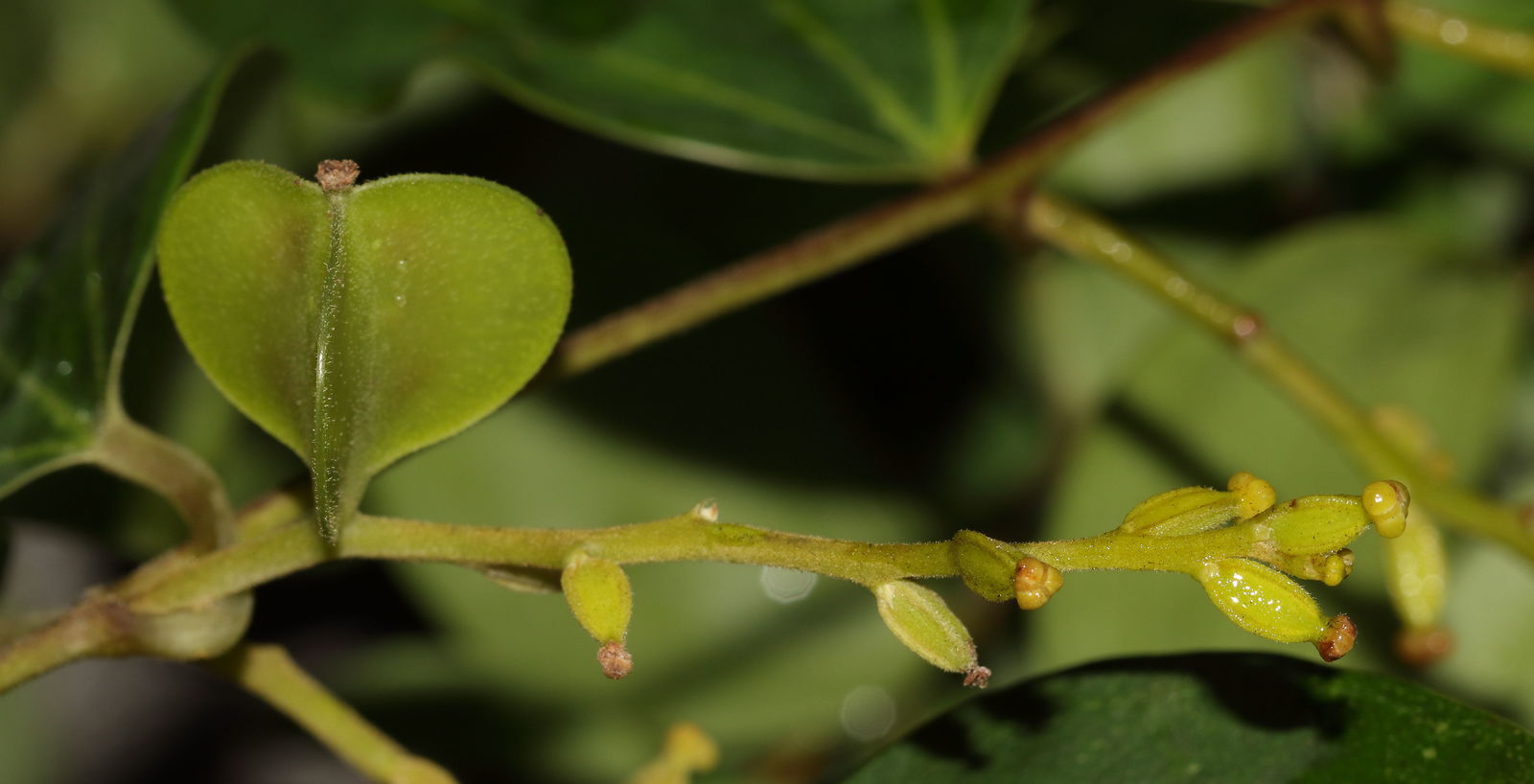Family: Dioscoreaceae
Author: L.
Bibliography: Sp. Pl.: 1033 (1753)
Year: 1753
Status: accepted
Rank: species
Genus: Dioscorea
Vegetable: False
Observations: S. India, Sri Lanka, E. Himalaya to Myanmar
Description
The Chinese yam, scientifically recognized as Dioscorea oppositifolia, is a remarkable plant belonging to the Dioscoreaceae family. This species was first documented in 1753 by the illustrious botanist Carl Linnaeus in his renowned work “Species Plantarum.”
Native to the diverse and dynamic ecosystems of southern India, Sri Lanka, and the eastern Himalayas stretching to Myanmar, the Chinese yam thrives in a range of habitats. It is particularly prominent in areas with a tropical to subtropical climate, where it contributes significantly to both ecological balance and human utility.
The tubers of the Dioscorea oppositifolia are especially notable for their nutritional and medicinal properties. They are a vital food source in various traditional cuisines and are also employed in herbal medicine, known for their beneficial effects on the digestive system and other health benefits.
In addition to its culinary and therapeutic uses, the plant exhibits interesting botanical characteristics. It features deciduous vine-like growth with heart-shaped leaves arranged oppositely along the stem, which is a distinctive trait referenced in its name. The plant also produces small, greenish-yellow flowers, which, although not particularly showy, are an integral part of its reproductive process.
The Chinese yam exemplifies the rich biodiversity of its native regions and continues to be a subject of interest for botanists and horticulturists alike. Its adaptability and usefulness ensure that it remains an important plant both in natural ecosystems and cultivated landscapes.
Common Names
Eng: chinese yam
En: Chinese yam
Fi: Kiinanjamssi
Ko: Ma
Synonyms
- Dioscorea opposita (Thunb.)
- Dioscorea oppositifolia var. linnaei (Prain & Burkill)
- Dioscorea oppositifolia var. thwaitesii (Prain & Burkill)
- Dioscorea oppositifolia var. dukhunensis (Prain & Burkill)
Distribution
- Assam (native)
- Bangladesh (native)
- East Himalaya (native)
- India (native)
- Myanmar (native)
- Sri Lanka (native)
Additional Images
Leaf
Taken Jun 22, 2022 by Destiny Canipe (cc-by-sa)
Taken Sep 10, 2022 by Seon Woong Kim (cc-by-sa)
Taken Jun 16, 2020 by Amber Stott (cc-by-sa)
Taken Mar 14, 2021 by Ric W (cc-by-sa)
Taken Dec 6, 2021 by Owen Kaluza (cc-by-sa)
Habit
Taken Sep 25, 2022 by Henryk Rozanski (cc-by-sa)
Taken May 7, 2022 by dixie cousins (cc-by-sa)
Taken Jan 1, 1900 by EOL − WVU Herbarium (cc-by-nc-sa)
Taken Jan 1, 1900 by EOL − WVU Herbarium (cc-by-nc-sa)
Taken Jan 1, 1900 by EOL − WVU Herbarium (cc-by-nc-sa)
Fruit
Taken Oct 21, 2022 by Isabelle COSTA (cc-by-sa)
Taken Sep 10, 2022 by Seon Woong Kim (cc-by-sa)
Flower
Taken Jan 1, 1900 by EOL − WVU Herbarium (cc-by-nc-sa)
Taken Jan 1, 1900 by EOL − Keystone Foundation (cc-by)
Taken Jan 1, 1900 by EOL − WVU Herbarium (cc-by-nc-sa)

© copyright of the Board of Trustees of the Royal Botanic Gardens, Kew.

© copyright of the Board of Trustees of the Royal Botanic Gardens, Kew.

© copyright of the Board of Trustees of the Royal Botanic Gardens, Kew.
Sources
- WFO (No URL)
- IPNI (No URL)
- GBIF (https://www.gbif.org/species/2754965)
- POWO (http://powo.science.kew.org/taxon/urn:lsid:ipni.org:names:318348-1)
- PlantNet (https://identify.plantnet.org/species/the-plant-list/Dioscorea oppositifolia L.)
Specifications
Growth habit>: Vine, Forb/herb















